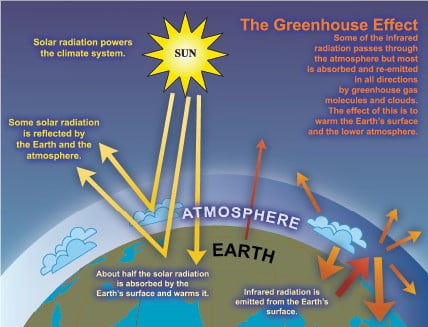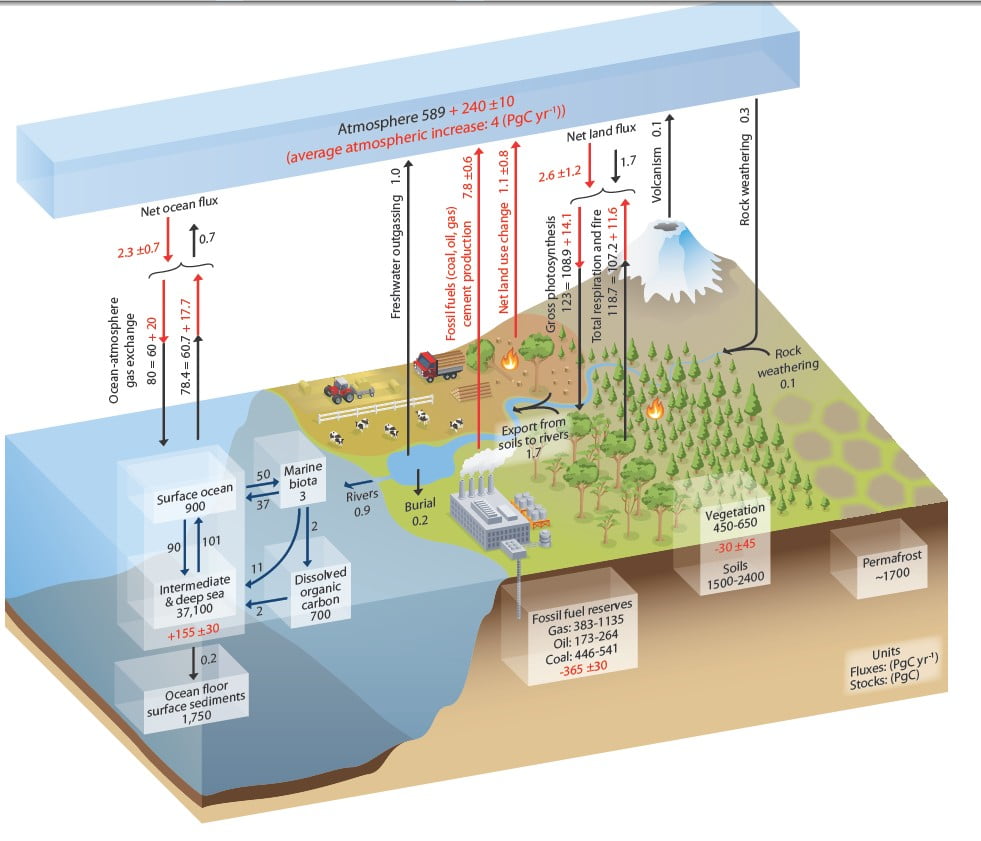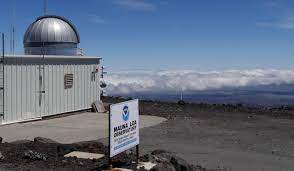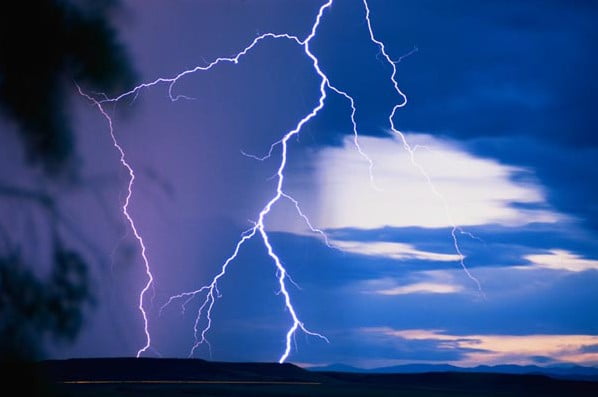In this resource linked to COP27 in Egypt, physics students explore renewable energy production.
Learning Objectives
- Recognise that solar power is a renewable energy source of great value in Egypt
- Describe the energy transfer in a solar cell
- Evaluate the energy dissipated in the Benban solar farm
- Calculate the cost of the energy produced using the formula cost = power (kW ) x time (hours) x price (per kWh).
Motivation/Outline
In its acceptance speech at COP26, Egypt celebrated its renewable energy resources:
This is an extract from https://unfccc-cop26.streamworld.de/webcast/closing-plenary-of-the-cop-followed-by-cmp-and-c-2 from 09:20
‘Egypt transitioned from the traditional energy sources to renewable, more sustainable and planet-friendly energy sources…’
One of these resources is the huge Benban solar farm.
Lesson Introduction
Watch the relevant part of the COP26 plenary video and/ or
- The Benban solar farm was supported by the Green Climate Fund. Contributions to the Green Climate Fund were one of the areas which didn’t make as much progress as was hoped at COP26 in Glasgow, 2021.
- COP27 will be at Sharm El-Sheikh in Egypt in November 2022.


images from google maps
Discussion points:
- What is a renewable energy source?
- Why is it important to develop renewable energy sources?
- What is a solar cell and how is it different from a solar panel? Where have people seen solar cells/ panels?
- What makes a location suitable for a huge solar energy farm? (space, sunshine, access for bringing the equipment in and getting the electricity out…)
- Could we build such a huge solar park in the UK? (no, we don’t have a big desert, but you could research some UK solar farms)
- Use https://globalsolaratlas.info/map to compare the global horizontal irradiation where you live with that in Benban. (for Benban the value is given as 2366 kWh/m2).
Global horizontal irradiation is the total amount of solar energy reaching a 1m2 horizontal surface on the ground in a year.Discussion point: What is a kWh? (if 1 kWh is the electrical energy converted by a 1 kW appliance used for 1 hour rephrase this in terms of electrical energy generation. See https://www.bbc.co.uk/bitesize/guides/z2h4dxs/revision/1 for more detail)
Discussion point: So what is a kWh/ m2?
Extension: Express this answer as a proportion or percentage
- Discuss: what is the initial store of energy and by what pathways is it transferred? (nuclear store in the Sun, energy is transferred by light from the Sun to the panel and is transferred electrically from the panel to homes and businesses)
- The size of the Benban solar farm is 37.2 km2. Calculate the total energy carried by the light arriving at the site.
(37.2km2 = 37 200 000m2 so 2366 x 37 200 000 = 88,015,200,000 kWh = 88 015.2 GWh = 88.0TWh)
Discuss: kilo, mega, giga, Tera etc.
- The estimated output from Benban is 3.8TWh. How much energy is not converted usefully?
88.0-3.8 = 84.2TWhExtension – write this as a proportion or percentage
Discussion – why so much? Solar panels don’t cover the whole of the ground, solar panels are actually less efficient when they get hot, you can see solar panels, so they must be reflecting some of the Sun’s light, not absorbing it all etc.) - What is the current electricity price in your region? (see https://www.ukpower.co.uk/home_energy/tariffs-per-unit-kwh and scroll down for regional breakdown).
What is the value of the energy the Benban solar farm will produce during COP27, which is scheduled to last 2 weeks (assume there are 52 weeks in a year)?(cost = power (kW ) x time (hours) x price (per kWh).
So value = 3, 800, 000, 000 kWh x 2/52 x 28.34 = £41,420,000.Discussion – is that surprising?
Why might the quantity of electricity produced actually be different? (We started with an annual value, but the seasons and the weather will actually have an impact on how much is produced in a given week).




